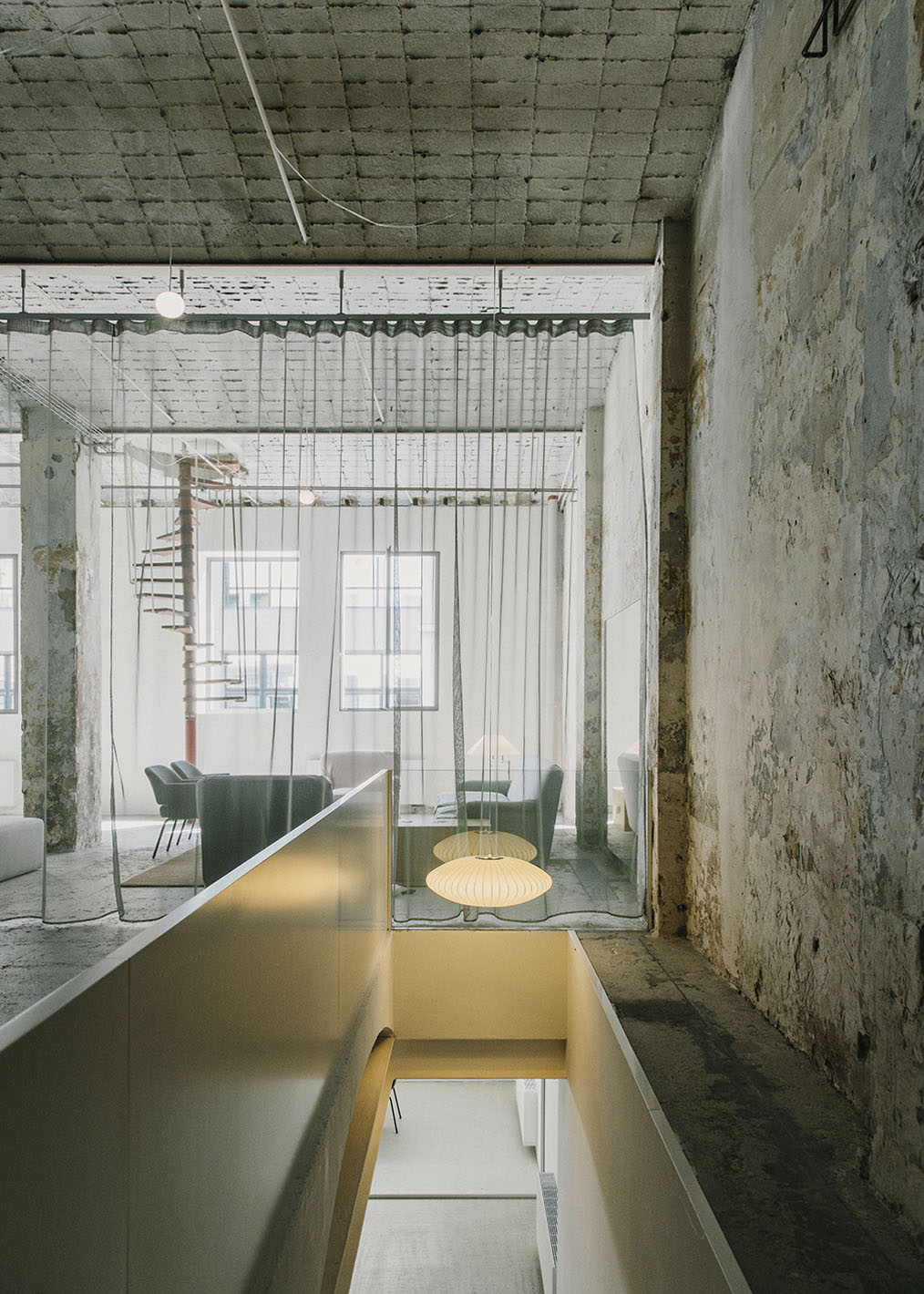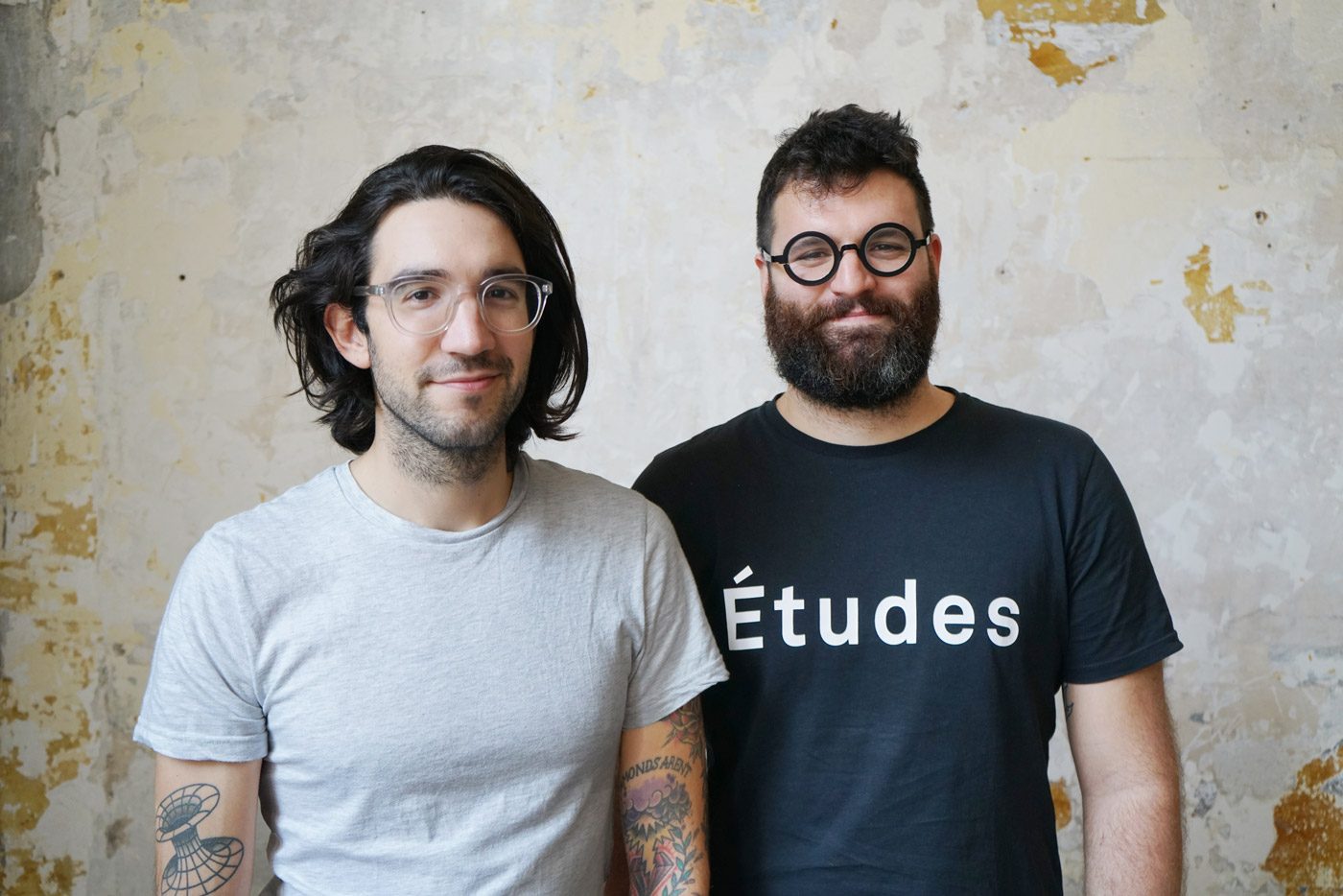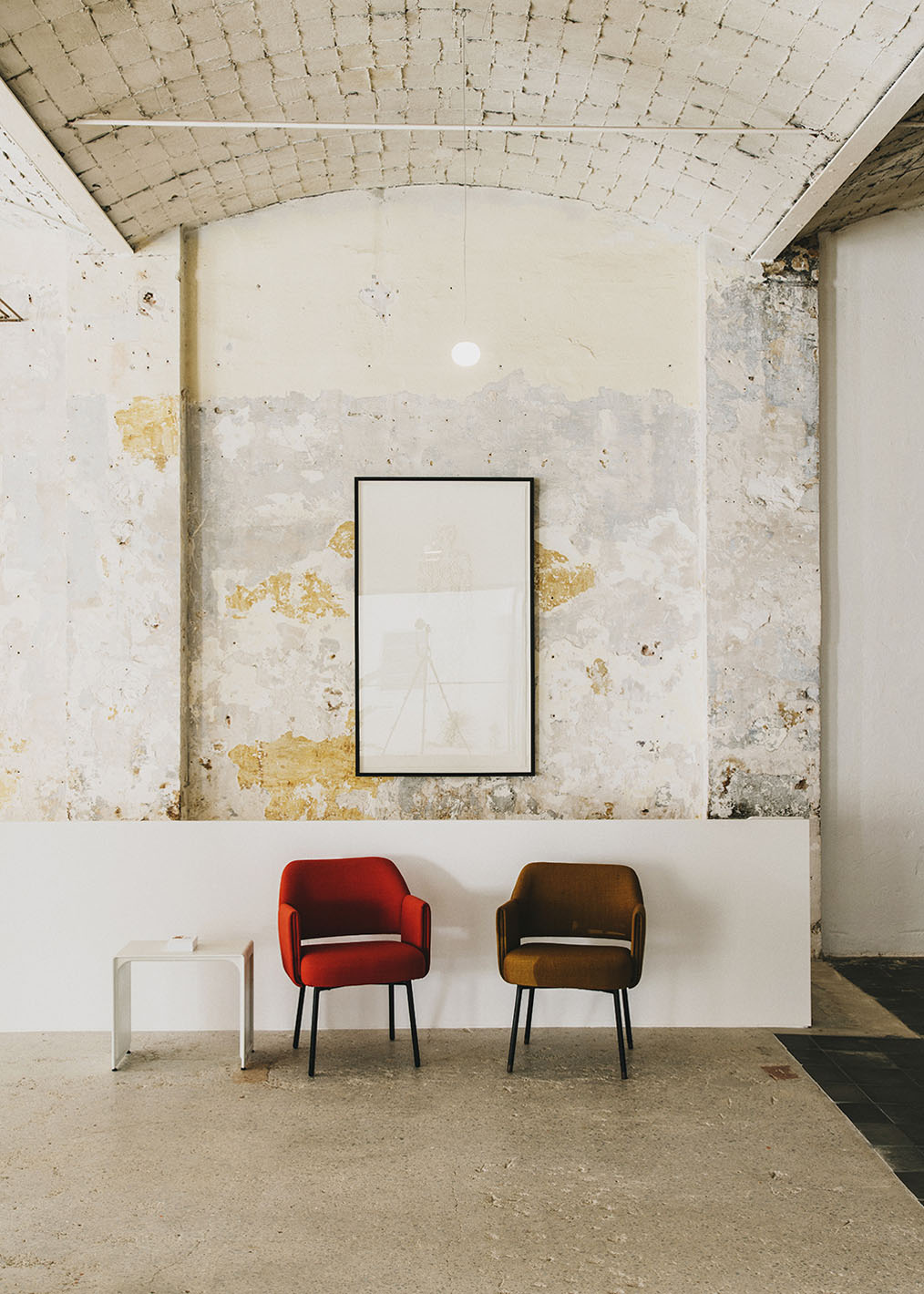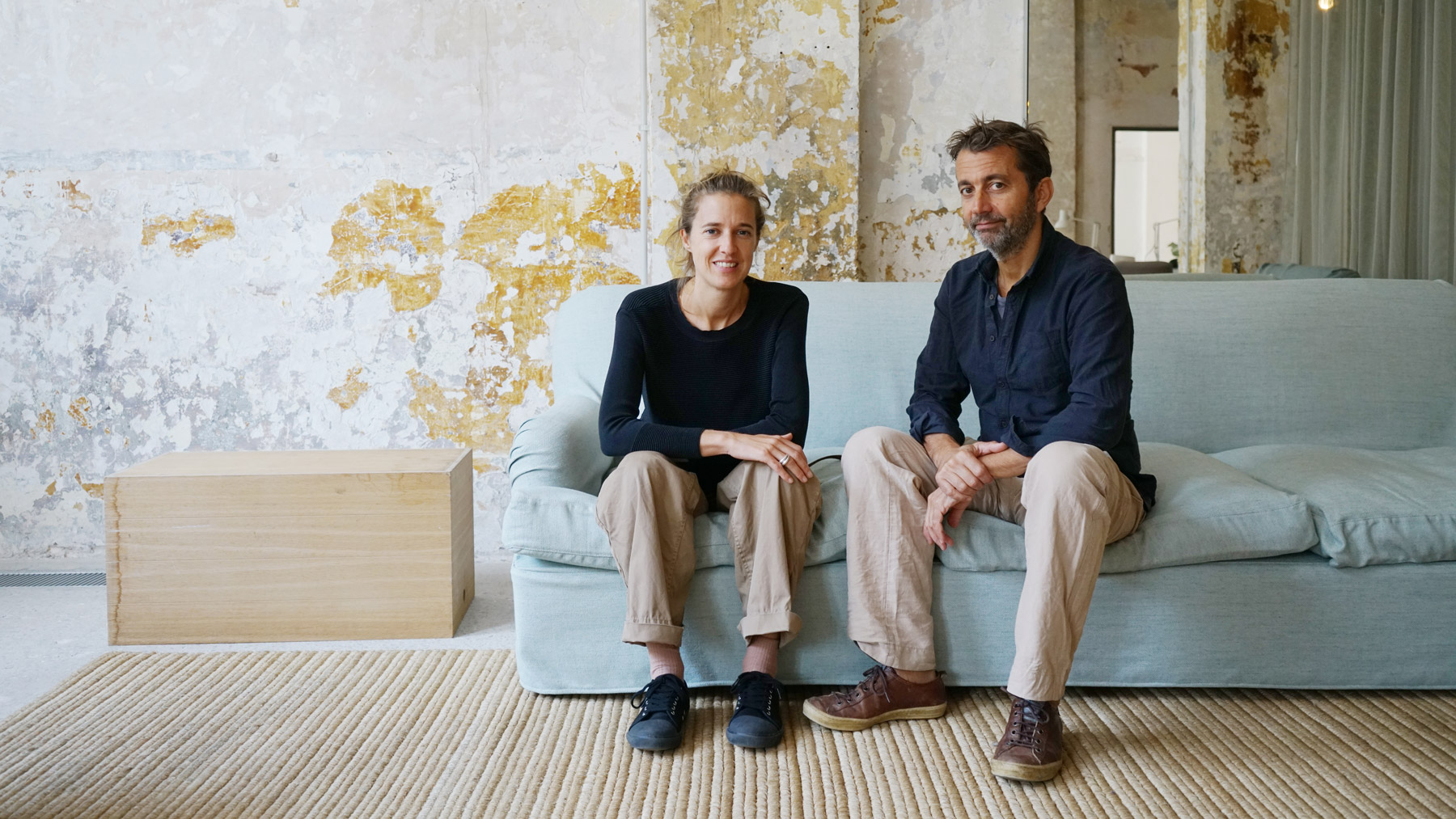Year: 2017
Tags: Art Direction and Design, Naming, Strategy and Design Thinking, Art Direction, design, design thinking, Naming, strategy
Designed by Folch
Designed by Folch
The idea behind Montoya is to curate and house and space for diverse influential creatives looking for more than a desk, but a center to share ideas, develop connections across different disciplines and enlarge the possibilities to realise ambitions. The space is not constrained to a niche, but open to a whole range of possibilities only bound to one loose notion – a nexus. These key visions were crucial when we started creating a unique conceptualisation of a space – like Montoya. We started to characterise its communication, defining its identity and finally building a brand language for Montoya.
“In the future, Barcelona will not depend on the wealth of people that come for a short amount of time, but much more with the mid to long term relations, the more time they spend here. Long term relations allow you to establish real bonds with a city. Montoya is one of best examples of how to upscale the city of Barcelona by offering a space to create a net of outstanding people.”
Rafa Martínez, COO, Partner & Brand Strategist, Folch
“We want to create synergies and generate collaborations within the space. That’s why there is also a selective process, we’re not an office. Not in an elitist sense, but in a curatorial one.”
Skye Maunsell, Interior Designer and Founder
Montoya used to be a store for all kinds of things, varying in function across the years, and makes for one of the original architectural models of Poblenou. Barcelona’s new creative neighbourhood has until some years ago been perceived as the industrial area of the city during the period when its buildings were mainly factories and warehouses. Architect Jordi Veciana saw possibilities in the abandoned factory and decided together with co-founder Skye Maunsell to bring the unique space back to life. Now they needed our help to communicate it.
Through a profound analysis of the location, its heritage and activity, we laid out several options that could encapsulate the essence of the space and its practice. Looking at many different options and trying out different components related to the location, the street number and the notion of the space, we finally decided to stay with the original name: Montoya. Based on the name of the passageway and the three generation ownership, Montoya is an open identity refelcting the the heritage of the space and simultaneously inviting a wide and unlimited variety of contemporary activity.
Keeping the heritage of the building close to heart, the name ‘Montoya’ could represent and reflect the center’s uniqueness as well as an enduring and limitless concept.




The lack of material and content available to communicate the space and its activity challenged us to create a communication strategy that spoke directly to potential partners in a bold, clear way. Highlighting the people making a living in the space, we focused the communication around their applications and their wish to join a club of creative partners.
“We live in world with a lot of information, so we don’t want to overload people with communication, but rather only provide specific high quality content. The process is allowed to be slow. We want to communicate tranquility.”
Jordi Veciana, Industrial Designer and Founder

The user friendly website encourages a conversation between each partner and the space. Montoya is inviting the possible associate to answer an interactive questionnaire about themselves, and give their motivations for joining the space – not only sharing personal information but contributing their interests and motives. Besides the strong typographic presence on the website, the visitor is also captivated by imagery of the designed space from the renowned photographer Salva Lopez.
Focusing on the open space as a blank sheet of paper, we felt the urge to encapsulate the idea of a graphic system as a part of the brand language. Using the characteristics of the architectural floor plans and technical drawings, we played with a geometric grid to build up a flexible system that worked as a skeleton and crucial part of the identity – applied across all possible applications. The stains contrasting with the blank spaces give identity to the printed pieces and emphasise a multiplicity of possibilities within the physical space.
“The difficulty lay in representing, through a graphic system of its own, the multidisciplinary nature of the architectural space.”
Sergi Vilà Bori, Senior Designer
Inspired by the bold yet simple form of the International Style, we wanted our typographical choices to create a clean, yet daring impression for the space. By choosing Nuckle –a typeface reshaped from the traditional Helvetica and Akzidenz Grotesk by the Czech designer Filip Matejicek– we were able to generate a successful logotype.

Founders Skye Maunsell, interior designer, and Jordi Veciana, architect, understand how a space can be crafted to bring people and ideas together and are now utilising their experience in architecture and design to build a home of creative inspiration in Barcelona.
FOLCH How did Montoya come into existence?
JORDI Montoya is us, an industrial and interior designer, one from Barcelona, one from the UK. We found this building by chance, and it formed the base on which we build the concept.
SKYE Montoya used to be a store for all kinds of things, varying in function across the years. We like spaces with flexibility; Montoya can adapt itself to many things, it is not defined, it is a process in movement.
FOLCH What is behind Montoya?
SKYE We want to bring together different kinds of professionals, creativity and characters inside Montoya. We have very different partners, from design consultants to nonprofit organisations, to a mother writing a Phd. I see wide scale creativity. The interaction between these different people is important.
JORDI Montoya is defined by the people who inhabit it, both in terms of concept and content. We are still in the curating process, looking for more partners and activities. A space can one day be an exhibition, an internal event, the next an exterior one.
FOLCH Montoya feels like a place for partnership and exclusivity. How is this transferred in terms of communication and aesthetics?
JORDI We spoke with Folch about this undefinition of the concept and they weren’t uncomfortable with that when it came to creating the graphic identity. We’re a blank page starting with a name, a floating form, and a spontaneity. The design was done the same way. Folch didn’t just provide us with feedback and a graphic answer, they also gave us a clear vision in terms of communication. There isn’t a lot of content yet, but we have a formulario; the first phase of our definition as a concept.
SKYE We’re still in a place in which we are selling the space and the concept of Montoya. In time this content will change into the people of the space. We don’t want to communicate just for the sake of it, we already have enough of that. I believe the concept is powerful, and it is also reflected in the space; a place to think, to be inspired.